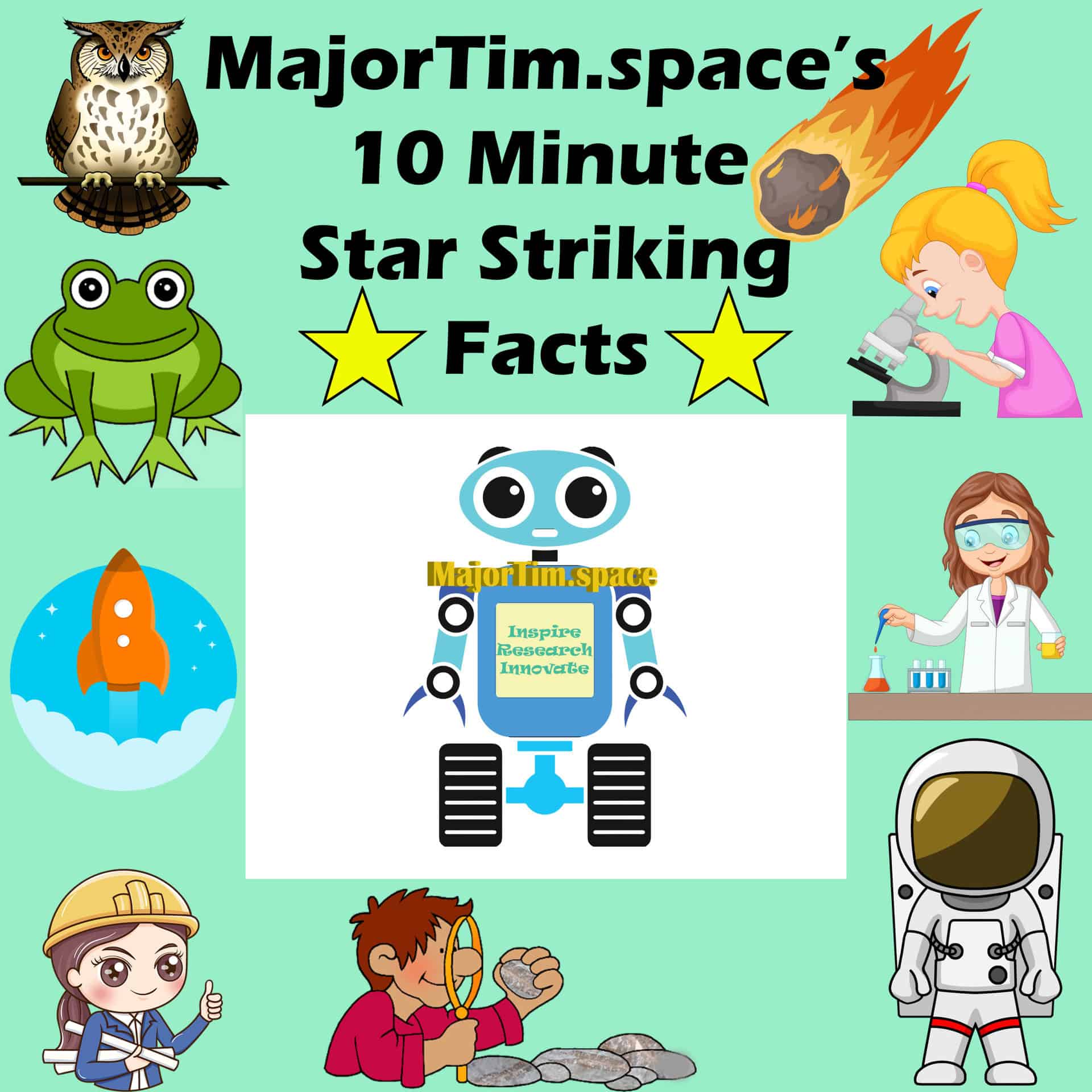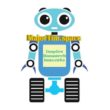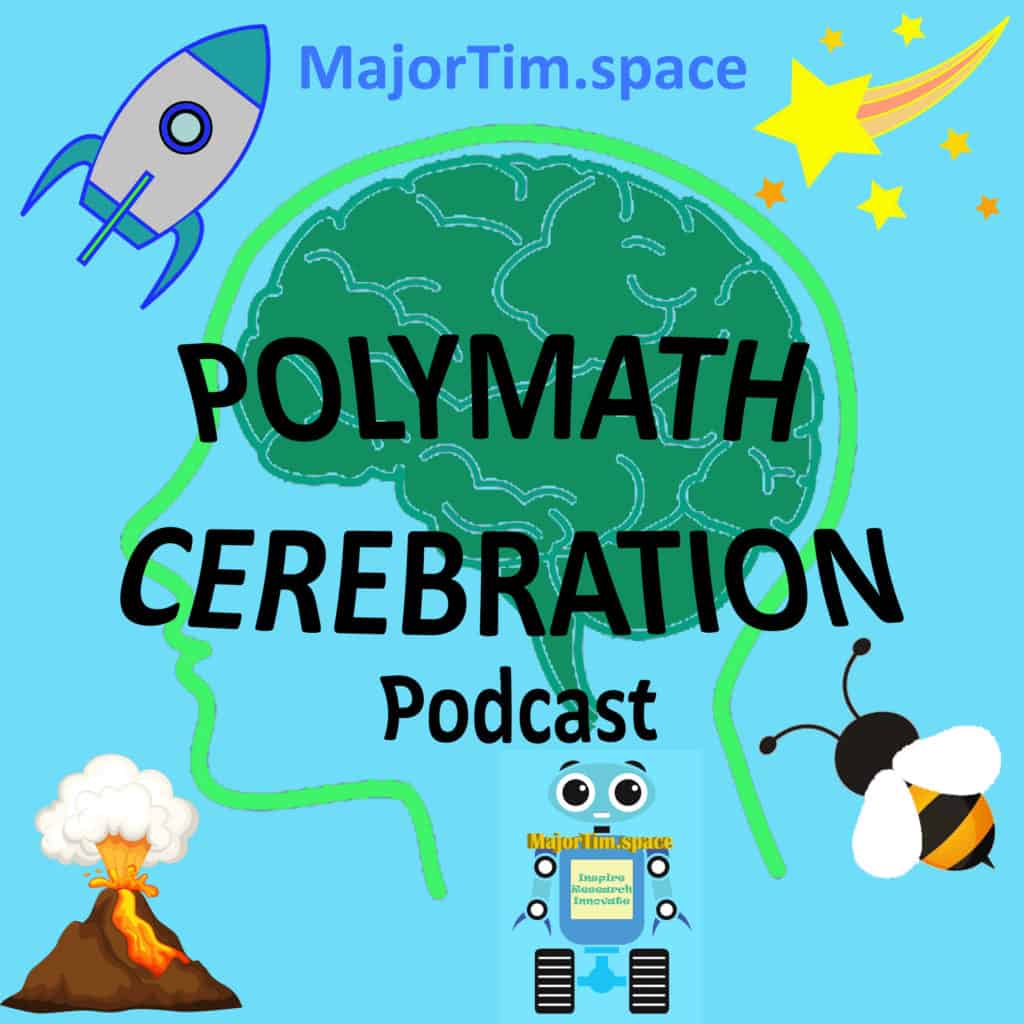MajorTim.space’s 10 Minute Star Striking Facts – Week 18
MajorTim.space’s 10 Minute Star Striking Facts
Week – 18
Speaker – Herb Baker
Herb recently retired from NASA after 42 years at JSC, KSC & NASA Headquarters having worked in the Space Shuttle, Space Station & Orion program offices and managing the business office supporting Flight Operations.
He is currently on the Board of Directors for the JSC NASA Alumni League and volunteers at Space Center Houston.
The 10 Minute Star Striking Facts series is an engaging online outreach project to inspire all.
On Monday each week, we will feature a different speaker with a fact of their choice.
Join us every Monday at 6pm as we spike your interest and curiosity in new areas of STEM/Space knowledge in a personal and relaxed setting – perfect for people of all ages!

MajorTim.space’s 10 Minute Star Striking Facts – Week 18 Read More »

